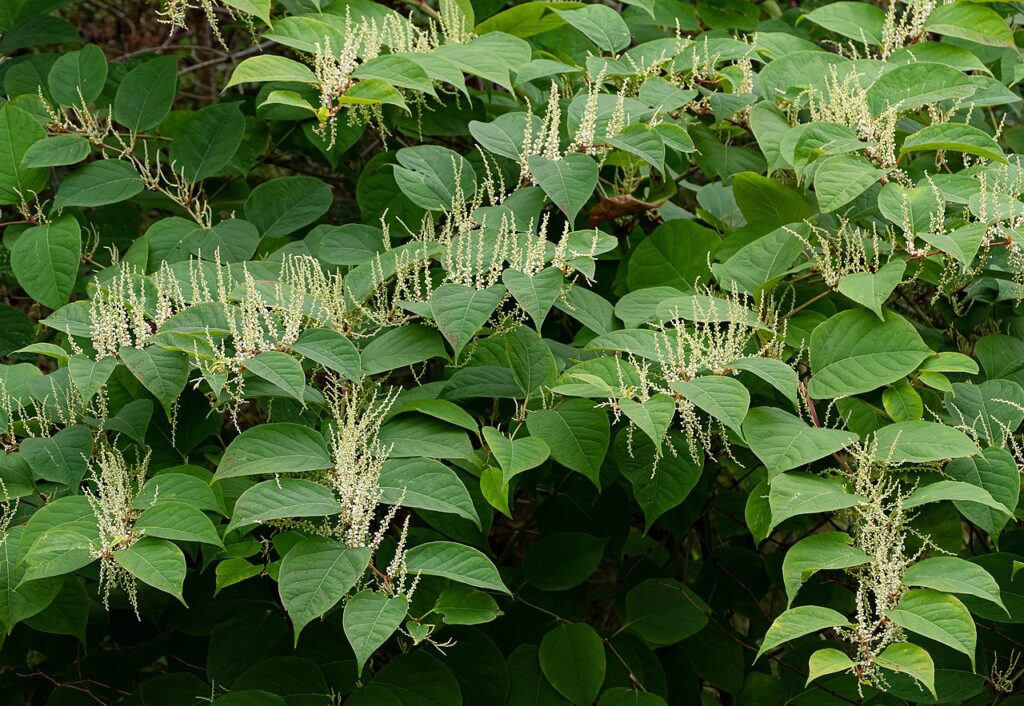
ABOUT THE GREEN PARTY
The Green Party is committed to a healthy environment. But the Green Party is not ...
KEEP READING
The Green Party is committed to a healthy environment. But the Green Party is not ...
KEEP READING
Native Gardens A garden filled with native plants is the antithesis of the suburban lawn. ...
KEEP READING
Gardening on the East Coast presents a unique set of challenges, including dealing with humid ...
KEEP READINGDifferent types of flora encourage healthy, diverse ecosystems that surround us. They are essential to ...
KEEP READINGUsing native plants for your garden is an ideal way to reduce maintenance and to ...
KEEP READINGWith the continuous changes in climatic conditions, all living organisms undergo adaptive processes to survive ...
KEEP READINGThe tree-of-heaven, scientifically known as Ailanthus altissima, is a deciduous tree whose origin is northeast ...
KEEP READING
Characteristics, Effects, and Controls The Japanese Knotweed invasive species, scientifically known as Fallopia japonica, is ...
KEEP READINGThe United States has since the 1960s worked hard and made significant progress in environmental ...
KEEP READINGCallery Pear (Pyrus calleryana) Introduced as an ornamental, the Callery pear is a medium-sized tree ...
KEEP READING